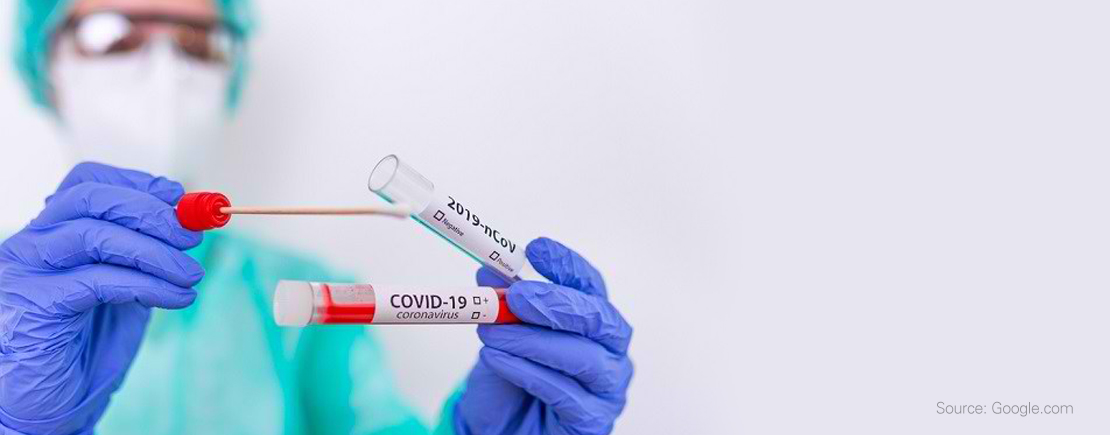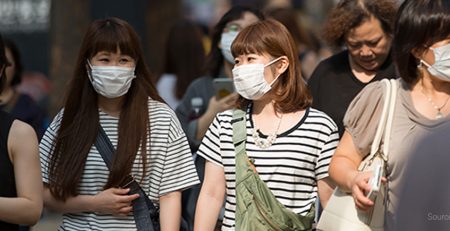The Difference Between Rapid Test, Antigen Swab and PCR
There are several methods that we can use to diagnose whether someone is infected with the COVID-19 virus or not, namely Rapid Test, Swab Antigen and Swab PCR. Then, what is the difference and which one is the most accurate? Check out the following explanation.
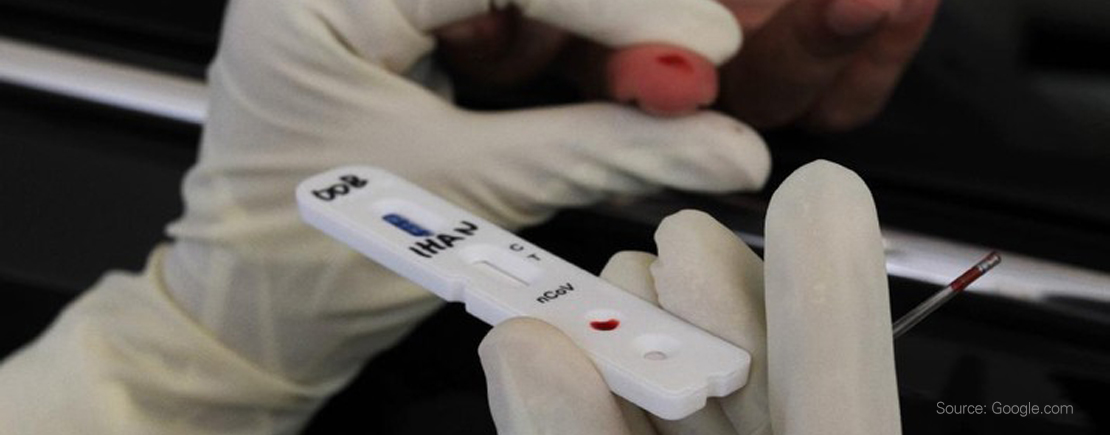
1. Rapid Test
Rapid test is a method done by taking blood as a sample, where it will recognize the antibody protein. The result of the rapid test has a risk of being inaccurate for people who have not been infected by the coronavirus. Moreover, each person might have a different antibody response when he or she is infected, and the detected antibody is actually not specific to COVID-19 virus, where the antibody detection also does not mean the body is fully protected by COVID-19. Therefore, for people who take rapid tests, they still need to comply with health protocols at all times.

1. Rapid Test
Rapid test is a method done by taking blood as a sample, where it will recognize the antibody protein. The result of the rapid test has a risk of being inaccurate for people who have not been infected by the coronavirus. Moreover, each person might have a different antibody response when he or she is infected, and the detected antibody is actually not specific to COVID-19 virus, where the antibody detection also does not mean the body is fully protected by COVID-19. Therefore, for people who take rapid tests, they still need to comply with health protocols at all times.
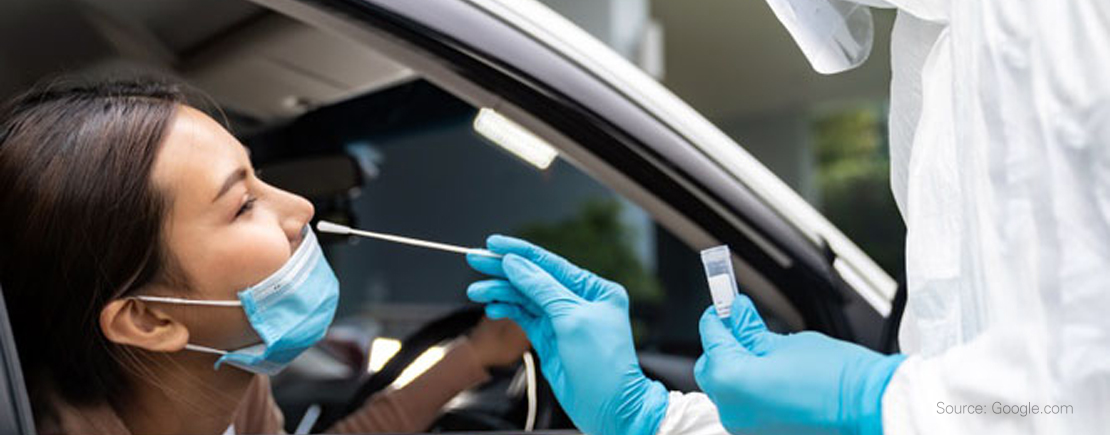
2. Swab Antigen
Swab antigen is a method done by taking samples from the back of the nose and throat. Sample was taken by swab test, which is similar to PCR test. Swab antigen aims to look for protein on the surface of the virus, which is different from PCR test that detects the genetic of the coronavirus that causes COVID-19. The result of swab antigen can also be released faster than PCR test. However, the result is not too sensitive or accurate. The risk arises if reagent misidentifies the protein of COVID-19 or even completely misses it. Therefore, it is still advisable to take PCR test after swab antigen test. Especially for those who are negative but show symptoms or are at risk of being infected by COVID-19.

2. Swab Antigen
Swab antigen is a method done by taking samples from the back of the nose and throat. Sample was taken by swab test, which is similar to PCR test. Swab antigen aims to look for protein on the surface of the virus, which is different from PCR test that detects the genetic of the coronavirus that causes COVID-19. The result of swab antigen can also be released faster than PCR test. However, the result is not too sensitive or accurate. The risk arises if reagent misidentifies the protein of COVID-19 or even completely misses it. Therefore, it is still advisable to take PCR test after swab antigen test. Especially for those who are negative but show symptoms or are at risk of being infected by COVID-19.
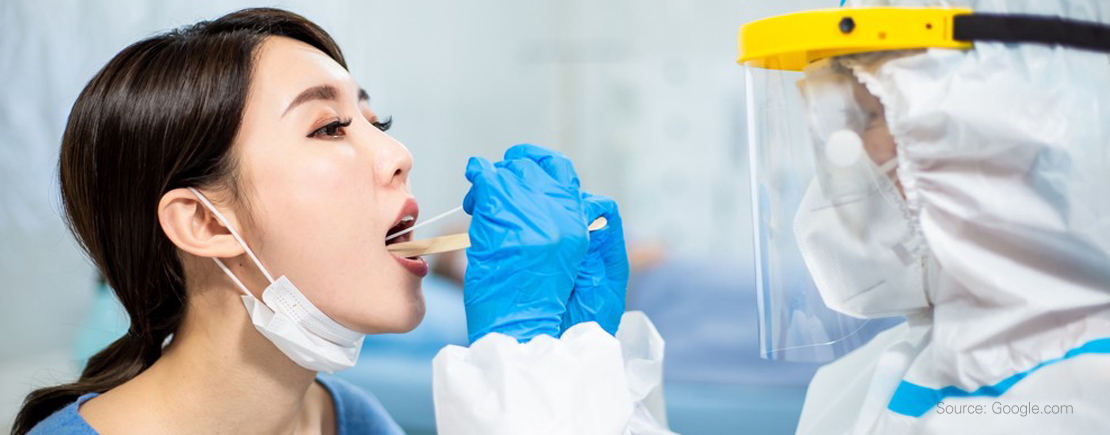
3. Swab PCR
PCR or Polymerase Chain Reaction is a mechanism of finding genetic code of a sample to detect COVID-19. The sample for PCR test was taken by swabbing the back of the nose and throat. The PCR test mechanism uses RNA COVID-19 samples that are copied to form DNA pairs. Copies are propagated by PCR until multiple DNA chains are formed, which usually takes 6 hours to two days. Although it takes longer, the PCR test can provide the most accurate results and this test can only be performed by trained medical personnel.

3. Swab PCR
PCR or Polymerase Chain Reaction is a mechanism of finding genetic code of a sample to detect COVID-19. The sample for PCR test was taken by swabbing the back of the nose and throat. The PCR test mechanism uses RNA COVID-19 samples that are copied to form DNA pairs. Copies are propagated by PCR until multiple DNA chains are formed, which usually takes 6 hours to two days. Although it takes longer, the PCR test can provide the most accurate results and this test can only be performed by trained medical personnel.

